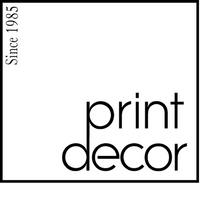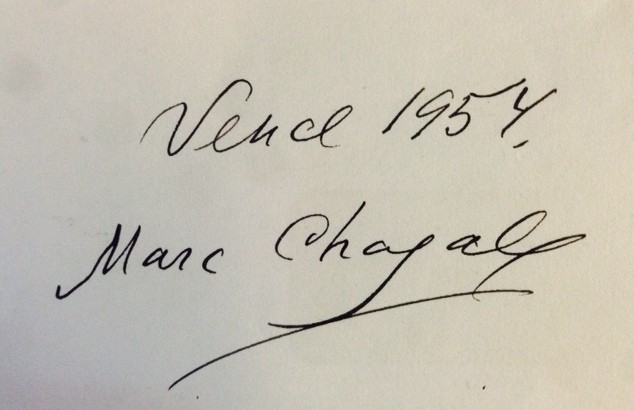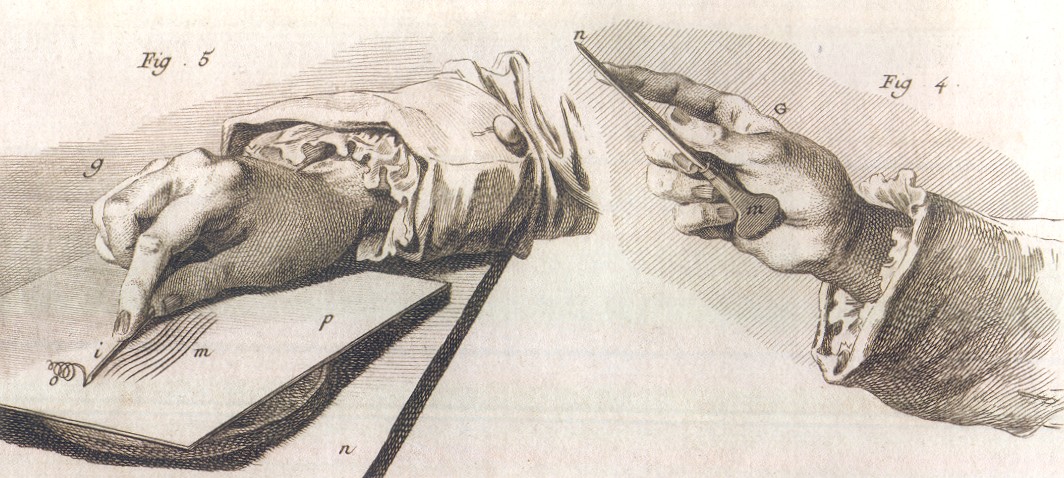
What Makes A Print So Valuable?
Prints Ain't Prints
What Makes Some Prints So Valuable?
Why does one print cost $25- while another the same size could cost $2500- or more?
Generally the difference is in the level of quality. Wall posters are typically printed in large volume on less expensive paper, fine-art posters are printed on high-quality paper, and fine-art prints are printed with careful attention to true colour reproduction on high-quality paper.
But that's just the start. Value is added to the print due to its scarcity. If the print was signed by Marc Chagall or Pablo Picasso as those below were, the value dramatically increases.
The method of printing and the care taken to reproduce the printed image to most accurately replicate the original work of art are key factors.
Art can also be produced exclusively as a print as the intended objective of the artist. A good example of this would be an Engraving.
Definition: A method of cutting a design into a plate, usually metal, with a sharp tool called a graver. The artist may make several prints from the engraving and may sign and number each print.
Not to get too technical, but if you want to see some good definitions of printing techniques see the definitions listed below.
Above: Engraving in action. Image from Antique Prints Blog.
Click on image to read more.
Print Making today
With the advances in technology today one can venture into the world of 3D printing which according to Google is defined as "...the action or process of making a physical object from a three-dimensional digital model, typically by laying down many thin layers of a material in succession."
More relevant to the art industry the GICLÉE printing process is a major form of modern day printing. One of our premier print publishers has provided the definition"...Giclée (zhee-clay) is a French term meaning “spray of ink”. Eastbourne Fine Arts' Giclée's are digital, Museum quality archival editions. They are not an original print in the traditional sense, but a finer quality is achieved rendering deep saturated colours that have painterly quality, and show every minute detail, all subtle tints, blends and melds. The prints are often hand embellished by the artist."
The production of a giclée print is not an automatic process. The human hand is an integral part of every step of the giclée process. The quality of print depends almost entirely in human involvement and craftsmanship.
For many Giclée has surpassed Silk Screen or Serigraphs as a medium for producing editions. See definitions below.
The Giclee printer is not your average printer as it produces amazingly accurate colour duplication and often uses ultra high quality fade resistant archival inks printed on paper that will last for hundreds of years.
Prints aren't all the same...
But there's more to the final production of a beautiful image. Obviously the artist is the one who creates the image and these days that image could be created on a computer or based on a photographic image that is then transformed with special effects into a jaw dropping image. The use of the computer may well make it easier and faster but the artistic effect can only come from the artist.
The below images created by Jan Neil are good examples of computer enhanced art. What started as a series of landscape photographs ended in a series of beautiful impressionistic art works. Hundreds of hours were spent to render this collection of works. Jan can and still does paint original pieces but modern technology has opened new avenues embraced by this artist.
Gigclee technology opens up new avenues for the presentation of the final art work. Today we not only have the option of high quality archival paper, but there's canvas and now as tech moves forward we provide images printed directly on glass, perspex and metal..I'm sure it won't be too long before we can add skin to the list..but I guess the booming tattoo industry have that one for the moment.
But there is more...
We have to hand countless numbers of art works in the present and long into the past. Any of these works if created/painted onto a medium such as canvas or chiseled out of stone or spray painted onto a wall have to be duplicated before they can be turned into a print. And again scans ain't scans. Having discussed the process at length with Eastbourne publisher David Sears I can tell you many, many hours of blood sweat and tears (and the occasional swearing) occurs to replicate the final art work into a Giclee print that does justice to the original art.
The below hand signed limited edition print of Gill Del-Mace's Carousel Horse is a good example. Gill painted this in a high gloss paint and used real gold leaf in the areas of gold. It took extraordinary efforts on the part of the publisher to make the computer replicate the gloss of the paint and the look of real gold. (Scanned images of gold colour will tend to just look like a pretty lame yellow if you are not an expert).
and still there's more...
I've been told not to make these e mails and blogs too long, well sorry, I guess after working in this beautiful industry since 1985 I have a lot to say! I'll save some for "Prints ain't Prints volume II" but will leave you with some images from yet another medium which has undergone spectacular development in recent years with digital technology.
See below some of the beautiful works of our favourite photographer, Nick Psomiadis...
Available in 13 sizes ranging from 54 x 64 cm to a huge 140 x 201 cm.
Have a look on the web site for details
Photography by Nick Psomiadis
With over 120 images on the Print Decor Art web site Nick has captured breathtaking scenes from Melbourne, Victoria and places further afield like New York, Iceland and Japan.











